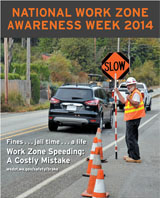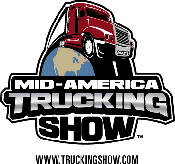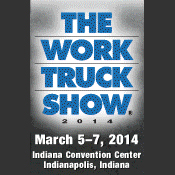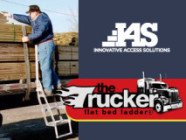Personal Protective Equipment (PPE) covers a wide range of industries and safety objectives, from law enforcement to sports, industrial settings, contractors and even casual retail environments. The various functions of PPE are designed to protect hazards in support of work safety policies and controls. These can range from bodily injury, exposure to environmental threats, breathing mechanisms, and much more.
With OSHA having a renewed focus on Fall Protection and having imposed new rules for Fall Protection PPE, businesses in a range of industries are investing heavily in fall protection equipment. Consider the following review of Fall Protection PPE equipment and how it can help to reduce injuries at your workplace.
Personal Protective Equipment Options for Workplace Fall Protection Safety
Personal Protective Equipment is required by OSHA when positive fall protection such as guardrails, access platforms, gangways, catwalks, and stairways are unavailable.
When guardrails and other positive fall protection are not available to protect from falls, workers must use personal fall protection systems (such as harnesses, lanyards, lifelines). [29 CFR 1910.67, 29 CFR 1915.71, 29 CFR 1915.73, and 29 CFR 1915.77]
Harnesses & Lanyards
Harnesses and lanyards are considered personal protective equipment since each individual worker must be fitted with the equipment for fall protection safety, as opposed to an all encompassing solution. A lanyard is the rope or other length of connection between a single point anchor source and a safety harness, worn by an employee. Snap hooks, D-rings and caribiners are utilized to ensure a safe connection. Anchors must be secured and can be affixed to a variety of stable structures. The complete fall protection system must be able to adequately support the weight of the employee. Fall protection PPE systems are typically categorized as a fall restraint system, which prevents falls similar to a car seat belt, and a fall arrest system, which catches a falling worker prior to contact with the ground or other solid structure.
Fall Restraint Systems
The advantage of fall restraint systems is the prevention of the need to absorb the shock and otherwise prevent further injury in the event of a fall. Further, in cases where the environment requires rescue efforts in the case of a fall, a fall arrest system is preferred. Generally speaking, fall arrest systems are more safe and less expensive, while more limiting and often less efficient in a workplace.
Fall Arrest Systems
Fall arrest systems often require shock absorbing lanyards and must be carefully considered to avoid further injuring the employee when a fall occurs. These systems are often used in work environments such as roofing, construction, and shipyards. In these work environments, a fall is more permissible compared to a mining operation or manufacturing plant with heavy machinery.
Horizontal and Vertical Lifelines
Lifelines are a broad range of fall protection equipment that can be applied for horizontal applications such as roofs or ship decks, as well as vertical applications such as enclosed spaces or ladder systems. As opposed to a single point anchor, lifelines provide more freedom of movement as they are typically connected to a cable, pipe, or other continuous structure. Horizontal systems can be designed to provide ultimate movement flexibility via pass through systems, overhead connections, and other similarly unobtrusive mechanisms. Vertical lifelines can be track based or climb assist systems on ladders at heights, or pulley operated systems for confined spaces and similar applications. In each case, lifelines generally differ from harness and lanyard systems in so much that they are less mobile and more of a direct method for cases where fall protection risk is consistent and eminent.





